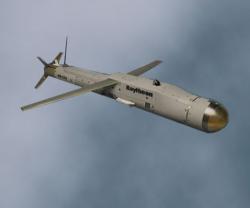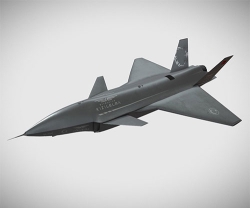Syria has shipped out about a third of its chemical weapons stockpile, including mustard gas, for destruction abroad, the global chemical arms watchdog said earlier this month.
The Organisation for the Prohibition of Chemical Weapons (OPWC) in The Hague said Damascus had now handed over six consignments of the toxic agents it declared to the OPCW as part of a Russian-U.S. deal struck last year.
The OPCW said it had confirmed two more shipments headed for the northern Syrian port of Latakia. They are to be transferred to the U.S. ship MV Cape Ray and commercial destruction facilities in the United Kingdom and Germany.
Syria had also submitted a revised plan to remove all chemicals from its territory by the end of April 2014, the OPCW said. That proposal was being negotiated at an executive council meeting at the OPCW that began on March 04.
The United States said it needs 90 days to destroy roughly 500 metric tonnes of
the most poisonous substances in the arsenal of Syrian President Bashar al-Assad. Syria declared a total of 1,300 metric tonnes of chemical weapons to the OPCW, the Nobel Peace prize winning body that is jointly overseeing the destruction process with the United Nations.
In the meantime, two thousand demonstrators gathered on the Greek island of Crete on Sunday to protest against the planned destruction of Syria's chemical weapons in the eastern Mediterranean, an AFP reporter said.
Despite pouring rain at the port of Souda, crowds brandishing black flags demanded more information about the international operation.
The UN-backed operation to break down the chemicals aboard a US cargo ship in the eastern Mediterranean has prompted protests in Italy as well as Greece, despite assurances that the operation carries no risk to the marine environment.
NGOs and environmental groups have questioned the safety of the operation and the lack of information being provided to nearby coastal communities.
“The UN has given assurances that nothing will fall into the sea. But will they tell us where (the residue) will ultimately end up,” Greenpeace Greece Executive Eirector Nikos Charalambides told AFP last month.
Under the plan, hydrolysis systems aboard the cargo ship Cape Ray are to mix heated water and other chemicals to break down the lethal agents, resulting in a sludge equivalent to industrial toxic waste.
The Cape Ray left the United States on January 27 and it is believed to be at the southern Spanish port of Rota.
Source: Reuters; AFP






















